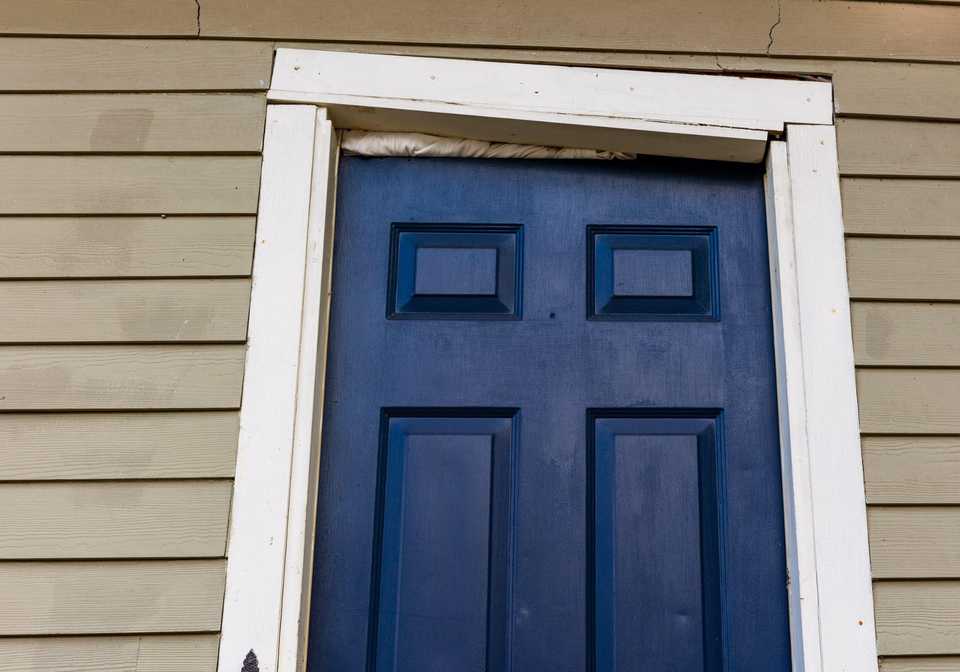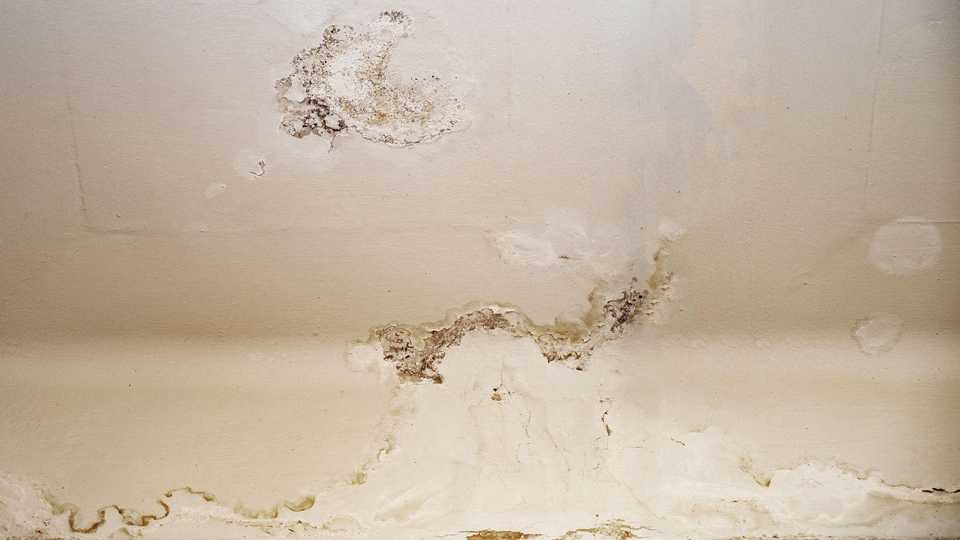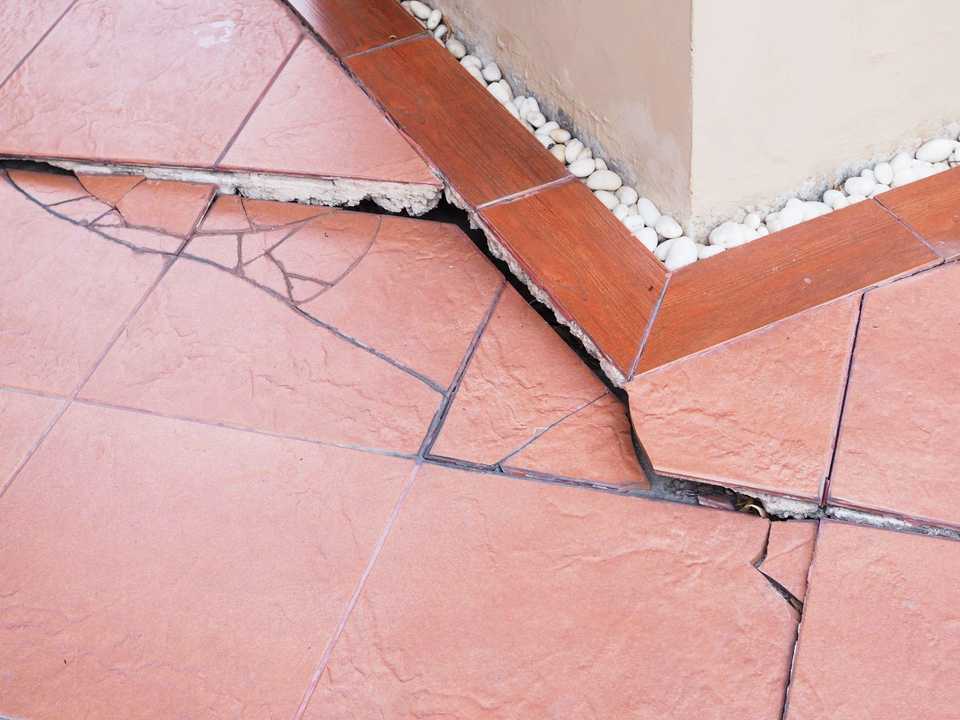When embarking on the journey of buying or selling property in Ontario, one of the most critical aspects to consider is the state of the property itself.
While some issues are immediately noticeable, others lurk beneath the surface, only to be discovered after the deal is closed.

These issues are categorized into two types: latent and patent defects.
Understanding these defects is crucial for anyone involved in real estate transactions, whether residential or commercial. Keep reading to learn more from JuriGo!
What’s the difference between latent and patent defects?
The distinction between latent and patent defects is more than just a matter of visibility. It has significant legal implications in Ontario, affecting both buyers and sellers in different ways.
While sellers are generally not obliged to fix patent defects , they are often legally required to disclose latent defects, especially if these could make the property unsafe or uninhabitable.
| Latent Defects | Patent Defects |
|---|---|
| These are essentially hidden problems that are not readily observable during a standard property inspection. These could range from hidden structural damage to undisclosed issues with the plumbing or electrical systems. The tricky part about latent defects is that they can significantly affect the property's value or safety but are often discovered only after the purchase has been finalized. | Patent defects are visible and apparent. These defects are easily identifiable during a typical property inspection. Examples include cracked walls, broken windows, or an old roofing system. Since they are obvious, buyers are usually expected to notice them during their visit to the property. |
Understanding these differences is essential in making informed decisions and protecting your interests in the complex world of real estate transactions.
Here’s what the law says about real estate defects in Ontario
In Ontario, buying or selling property is a significant transaction, often involving a lot of legalities and paperwork.
Among these are laws and regulations specifically aimed at real estate defects, which are crucial to understand - whether you’re a first-time homebuyer or a seasoned investor.

The Trust in Real Estate Services Act (TRESA)
The Trust in Real Estate Services Act, enacted in 2002 and updated in 2020, is a cornerstone of real estate law in Ontario. But what does it really do? Simply put, this Act provides a framework that governs how real estate professionals conduct their business, so that real estate transactions are fair and transparent.
Under TRESA, real estate agents and brokers have a duty to disclose material facts about a property to all parties involved in a transaction . This includes both latent and patent defects. Failure to disclose known defects can lead to legal liability for the agent and could impact the validity of the sale.
The Act’s role in real estate transactions
So, how does this Act impact your real estate transaction? If you're buying a property, it gives you a layer of protection. You can be more confident that what you see is what you get, and there won't be any nasty surprises after you've signed on the dotted line. For sellers, it means being upfront and clear about any issues with your property.
Here, honesty is not just the best policy; it's the law.
Other relevant statutes and regulations
The Ontario Building Code
The Ontario Building Code sets the standard for the design and construction of buildings in the province, requiring permits to be issued for constructing buildings. It's a comprehensive set of regulations that ensure the safety and structural integrity of buildings.
If a property fails to comply with these standards, it may have defects that could be hazardous, including anything from electrical wiring problems to structural issues. Breaching the Code is an offence under the Provincial Offences Act, which adds an additional layer of security in the construction of a building.
The Consumer Protection Act and the Sale of Goods Act
The Consumer Protection Act is designed to safeguard consumers from unfair practices in the marketplace. In the context of real estate, this Act can have several implications:
- This Act protects buyers from deceptive sales practices. If a seller or agent makes false or misleading statements about the property, such as hiding defects or overstating the features of the property, they could be in violation of this Act.
- The Act ensures that business practices are conducted fairly. In real estate transactions, this means providing accurate information and not employing unfair tactics to influence or mislead buyers.

- Recourse for Buyers: If buyers believe they have been misled or treated unfairly under this Act, they have the right to seek remedies. This could include rescinding a contract or seeking compensation for losses incurred due to the misleading information.
The Sale of Goods Act governs the sale of goods in Ontario and can be particularly relevant in real estate transactions involving chattels (movable possessions within the property). These might include appliances, furniture, or other movable items.
If chattels are found to be defective or not as described, the buyer may have legal recourse under this Act. This could involve the repair, replacement, or refund for the chattels in question.
The role of case law in real estate defects in Ontario
When it comes to understanding how the law works, especially in real estate, case law plays a crucial role. Case law refers to the decisions made by judges in previous legal cases. These decisions help form a guide on how laws are interpreted and applied in similar situations.
In the context of real estate defects in Ontario, case law helps clarify the responsibilities of sellers, buyers, and real estate agents. It provides practical examples of how the law has been applied in real-life situations, making it easier for everyone to understand what to expect in these scenarios.
Key cases and their impact
One of the landmark cases in this area is McGrath v. MacLean et al., 1979. This case became a cornerstone in understanding the legalities surrounding latent and patent defects in real estate transactions in Ontario.
In this case, the court delved into the responsibilities of the property seller regarding the disclosure of defects, and provided clear guidelines on what sellers need to disclose and what buyers can reasonably expect to be informed about.

Notably, the case provided a clear distinction between latent and patent defects , emphasizing that while sellers are not always obligated to disclose every tiny detail, they cannot hide significant issues that they are aware of, especially latent defects.
Another important case is Bolduc v. Legault, 2023, which underscored the importance of proof of the vendor’s knowledge of the defect, as well as the responsibility buyers have to take reasonable steps to mitigate the damages, thereby reducing the cost of repairs.
Dealing with LATENT defects in Ontario real estate
Latent defects in real estate can be a nightmare for buyers, often turning a dream home into a costly pitfall. Unlike visible patent defects, latent defects are hidden issues that are not easily detectable during a typical property inspection. That’s why understanding them well is crucial when dealing with the current intricate real estate landscape.
Characteristics of latent defects
These defects are not apparent during a regular property viewing or inspection. Examples include faulty wiring behind walls, hidden mold, or a foundation issue buried deep underground. They are often discovered long after the property has changed hands, leading to unexpected expenses and headaches for the new owner.
Legal responsibilities of sellers and real estate agents regarding latent defects
In Ontario, sellers are generally not obligated to search for these hidden problems.
However, if they are aware of any latent defects, they must disclose this information to potential buyers. Real estate agents, too, must disclose any known latent defects, and failure to do so can result in legal consequences and potentially a lawsuit.
| One of the biggest challenges with latent defects is proving that the seller knew about the issue and deliberately hid it . This requires gathering evidence, which can be a complex and daunting task. |
|---|
In many cases, buyers find themselves in a difficult position, trying to prove that the defect existed prior to the purchase and was knowingly concealed.
As such, while the law in Ontario provides some level of protection, the onus is often on the buyer to identify and prove these defects. This underscores the importance of thorough inspections and, where possible, seeking professional advice before finalizing a real estate transaction.
Dealing with PATENT defects in Ontario real estate
Unlike latent defects, patent defects are obvious flaws that are easily discoverable upon a reasonable inspection of the property. Here are some of their characteristics:
- They are issues that are visible to the naked eye or uncovered through a routine inspection.
- Patent defects could range from a cracked window to an uneven floor.

- These defects are apparent, and they play a significant role in a buyer’s decision-making process when purchasing a property.
- Because of their visibility, these defects imply that they are part of the property’s existing condition at the time of sale.
What are the legal obligations of sellers and real estate agents regarding patent defects?
In Ontario, the general rule for patent defects is “buyer beware” or “caveat emptor.” This principle means that the responsibility lies with the buyer to inspect and identify these defects before purchasing.
However, this doesn't entirely free sellers from responsibility. Sellers cannot misrepresent the condition of their property, and real estate agents are bound by ethical obligations to disclose known defects, whether latent or patent, to potential buyers.
Example involving patent and latent defects
To illustrate, let’s consider a scenario where a buyer purchases a home with visible water stains on the ceiling.
Post-purchase, they discover it's due to a longstanding leak. In this case, since the stains were a patent defect, the buyer might not have legal recourse against the seller, assuming the seller did not actively conceal additional information about the defect.
On the other hand, if a seller paints over water damage to hide it from the buyer, this action could transform a patent defect into a latent one, potentially leading to legal consequences for the seller if discovered after the sale.
What are the implications for buyers and sellers regarding patent defects?
Buyers have the responsibility of conducting a thorough inspection and asking questions. If a defect is visible, you should inquire about it and consider its potential impact on the property’s value and your use of it. Hiring a professional inspector can provide an objective assessment of the property's condition.

For sellers, while there is no legal obligation to fix patent defects before a sale, being upfront about them can prevent future disputes and legal issues. Sellers should also be aware that covering up patent defects to make them latent can lead to significant legal trouble.
Here’s the legal process of suing for these defects in Ontario
Steps in filing a lawsuit
- The first step in suing for a defect in a property is to determine whether you have a valid legal reason. If you've discovered a defect in your property, it's crucial to understand whether it's a latent defect (one that wasn't visible or discoverable before purchase) or a patent defect (one that was visible or should have been noticed). The nature of the defect often determines your legal standing.
- Once you've identified the defect and its nature, gathering evidence is key. This might include taking photographs, keeping records of communications with the seller or agent, and obtaining expert evaluations from inspectors or contractors. This evidence will help build your case, showing the extent and impact of the defect.
- The actual process of filing a lawsuit can be complex. It typically involves drafting and filing a statement of claim in a court , which outlines your case against the seller or agent. It's highly recommended to seek the help of a lawyer specializing in real estate law, as they can guide you through the legal intricacies and ensure all the correct procedures are followed.
Potential legal outcomes and remedies
The outcome of a lawsuit over real estate defects can vary. If you're successful, the court may order several possible remedies:
- Compensation: The most common outcome is monetary compensation for the cost of repairing the defect, or in some cases, for the difference in value of the property had the defect been disclosed.

- Rescission of sale: In rare cases, the court may order the sale to be reversed, returning the property to the seller and refunding you the purchase price.
- Specific performance: This is a court order requiring the seller to carry out certain actions, such as making necessary repairs.
Some tips for buyers
| Educate yourself about defects | Know the difference between latent and patent defects, as well as typical examples of each and how to recognize them. |
|---|---|
| Hire a professional inspector | A skilled inspector can uncover potential defects that you might miss. Remember that while they might identify patent defects easily, latent defects can be trickier. |
| Ask questions and seek disclosure | Don’t hesitate to ask the seller about the property's history and any known defects. In Ontario, while sellers are not always obligated to volunteer information about latent defects, they must answer truthfully if asked. |
| Review property documentation | Look at past repair bills, inspection reports, and any disclosures provided by the seller. This paperwork can reveal past issues and repairs. |
Find the best lawyer to sue for latent or patent defect in Ontario!
Navigating a lawsuit for real estate defects can be daunting. Lawyers play a crucial role in clarifying your legal position, rights, and the visibility of your case, while also handling the legal paperwork and ensuring that all filings are in order.
If your case goes to trial, having a lawyer who knows the procedural rules and who can argue on your behalf is extremely beneficial.
Take action today to start your lawsuit! By filling out the form below, JuriGo will match you with a real estate lawyer in your vicinity.
Our services are free and without any obligations!